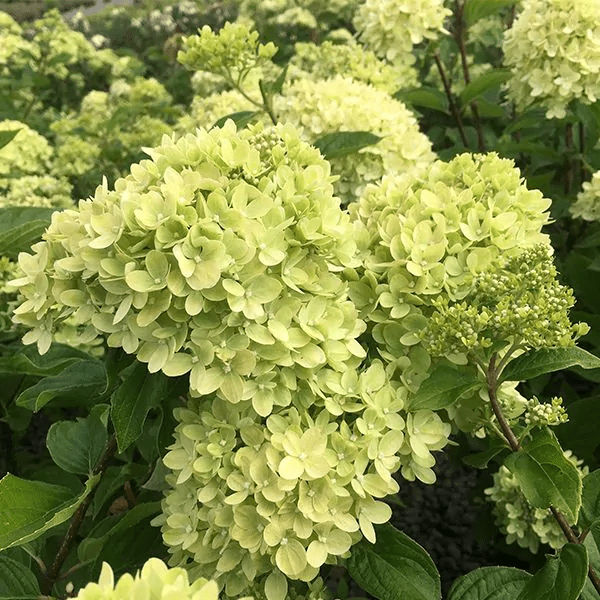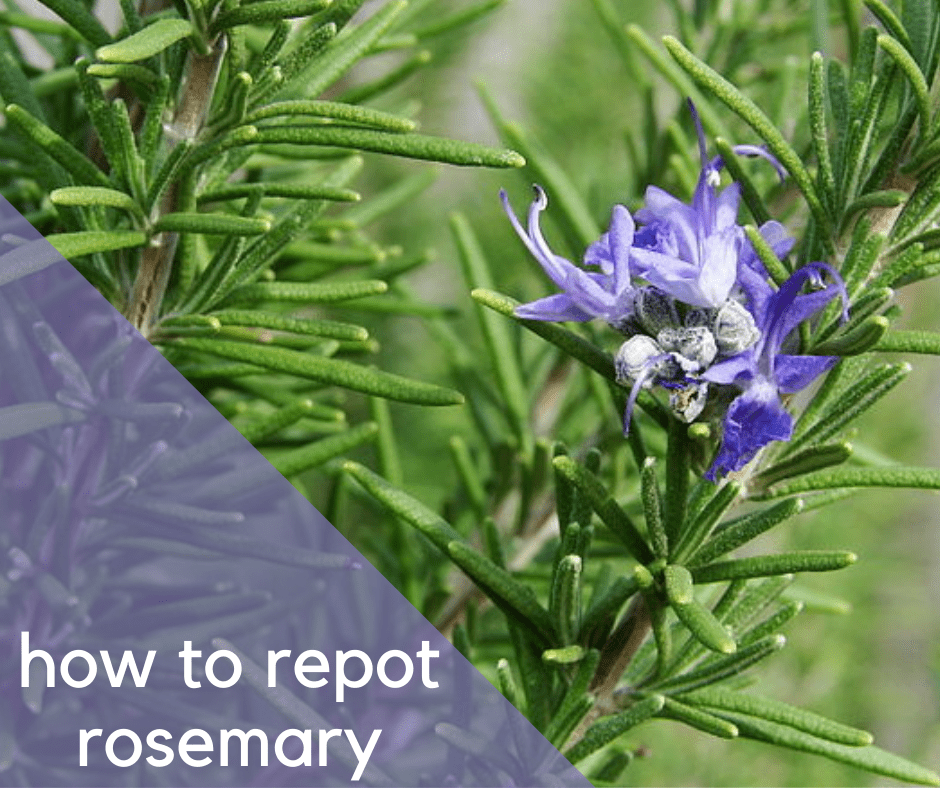This post may contain affiliate links. As an Amazon Associate we earn from qualifying purchases.
There are a couple of things to keep in mind when you decide to grow hydrangea. The first is, the huge number of species and cultivars you’ll be presented with. It’s almost overwhelming, in a wonderful way.
Once you’ve fallen for one it’s time to research to see if:
- You have a spot for it in your garden that meets its requirements with regard to sun, soil and square footage.
- The plant’s maintenance requirements are on par with how much time you can spend on it.
- You live in the proper hardiness zone. You can find your USDA Hardiness Zone right here on Gardenologist.
The second thing to keep in mind?
This may be the first hydrangea you’ll plant but it most likely won’t be the last.
They’re addictive and, thankfully, come in many shapes, sizes, flower forms and colors. You can even change the color of one species between pink and blue!
Interested in learning more about the care of hydrangeas? Check out our great-big-blog post Caring for hydrangeas: Everything you need to know.
OK, let’s answer the question that brought you here:
How big can hydrangeas get?
Remember above when we gave you some things to think about when choosing which hydrangea to grow?
With those answers, you can narrow down your choices to something manageable. Having a clear understanding of how big or small you want the plant to be at maturity is even better.
There is a hydrangea to fit most situations. On the smaller end of the size scale, you’ll find hydrangeas that remain compact and reach a height of as little as 3 feet and as high as 8 feet.
Then, choose the type of flower that tugs at your heart.
Small hydrangeas
Panicle hydrangea (H. paniculata), Little Quick Fire®

Looking for a petite panicle hydrangea? If you live in USDA Hardiness Zones 3 through 8 you may want to consider Little Quick Fire®, pictured above. In maturity, it will reach a height of 3 to 5 feet with an equal spread.
Grow this one in either full sun (in the lower hardiness zones) or partial sun. It does well in containers, it’s cold hardy and it attracts pollinators!
Check the price for one of these cuties at NatureHills.com.
Panicle Hydrangea (Hydrangea paniculata ‘Jane’)

This little girl is amazing. Hydrangea paniculata ‘Jane’ is her formal name but she also goes by LITTLE LIME®.
She does best in USDA Hardiness Zones 3 through 8, eventually reaching a height of only 3 to 5 feet with an equal spread.
We think what you’ll love about Jane is her drought tolerance, her non-pickiness about climate and her exceptionally large flowers, up to 8 inches.
The flowers open as a pale lime green but as they grow they’ll turn on the charm with lavender, white or pink. Best of all?
She boasts “… flowers that last over 16 weeks in the garden or 3 weeks as cut flowers!,” according to the pros at NatureHills.com. Follow that link if you’re in the mood to shop for Jane.
Hydrangea arborescens ‘NCHA5’ (smooth hydrangea) Invincibelle Wee White®

Okay, one more compact hydrangea and then will jump into the big guys.
Meet Invincibelle Wee White® hydrangea, a dwarf of the ‘Annabelle’ type Hydrangea. In fact, it’s the world’s first.
This mini hydrangea is low-maintenance and blooms all season. In maturity, it will stand 1 to 2.6 feet in height, with an equal spread.
If you’re familiar with hydrangeas, you know how many of them bend and weep when it rains. Not Invincibelle. Her stems are super strong.
The flowers, you ask? The show starts in early summer and runs through the first frost.
Other features we think you’ll like include:
- Invincibelle doesn’t mind clay soil
- It’s disease-resistant
- Thrives when potted as well as in-ground.
- Don’t let its diminutive size full you. Invincibelle produces full-sized, mophead flowers.
Shop for this amazing hydrangea at NatureHills.com.
Large hydrangeas
Panicle Hydrangea (Hydrangea paniculata ‘Renhy’) Vanilla Strawberry™

Although she was dubbed ‘Renhy’ at creation, she also goes by the name Vanilla Strawberry™. One look at her and you’ll understand why.
The cone-shaped blooms, the perfect example of the panicle hydrangea, start a lovely off-white color and spend the next few months changing to pink and strawberry, while still holding on to a bit of the white petals to live up to its name.
How big does a Vanilla Strawberry hydrangea get? A stately 6 to 8 feet tall. We are all absolutely in love with this beauty. Shop for one online at Nature Hills Nursery.
Big Leaf Hydrangea Endless Summer ® (Hydrangea macrophylla ‘Bailmer’)

Endless Summer® is actually the name of a collection of hydrangeas, “… the world’s first hydrangea bred to bloom all season long, year after year,” according to the folks at endlesssummerhydrangeas.com.
The collection includes 6 varieties of big-leaf hydrangeas with different colored flowers and growth characteristics. ‘Bailmer’ is the one pictured, above. We just couldn’t resist that gorgeous blue!
‘Bailmer’ is hardy to USDA Zones 4 to 9 and will stand 3 to 5 feet in height, with an equal spread, at maturity.
This one prefers partial shade and will change colors for you, to pink, if the soil is alkaline (a pH of more than 7.0). Interestingly, if you can get the soil pH to neutral, or close to it, you may end up with a mixture of pink and blue or even purple flowers. Shop for this beauty and other Endless Summer varieties at NatureHills.com.
Hydrangea arborescens ‘Annabelle’

If you dream of great-big flowers on a plant that may grow to 6 feet in height, then Annabelle is your girl.
The flowers average 12 inches across and bloom from spring through fall.
Give her full sun or partial shade if you must, in USDA Hardiness Zones 3 to 9.
Learn how to plant Annabelle hydrangea.
How to change the color of hydrangeas
Want to give it a whirl?
First, not all hydrangeas will perform this magic. Many big leaf hydrangeas (H. macrophylla) and H. serrata do. None of the white-flowering hydrangea will change colors.
Let’s use Endless Summer®, above, as an example.
Change these gorgeous blue flowers to pink by adding lime to the soil. Yes, it’s slow-acting and you may not see results until the following season.
You may read or hear all kinds of wacky DIY or homemade formulas but please refrain from killing your brand-new plant by using them. Baking soda, for instance, has a very high salt content (1,259 mg in one teaspoon!). Salt is the kiss of death for soil and, thus, anything growing in it.
First, test the soil’s pH. If you don’t have a pH meter, pick one up at Amazon.com. We like this pH meter.
Add lime to the soil if you need to raise the pH. Follow the application instructions and cautions on the back of the bag of lime accordingly.
Most experts recommend adding 1 lb. of lime per 30 square feet of hydrangea bed. Again, let the product’s label be your guide. Then work the lime into the soil and the waiting begins.
You’ll need to reapply lime every two months to keep the color change.
Whether you choose one of the dwarf hydrangea varieties or the larger ones, you’re embarking on an exciting gardening experience. Growing hydrangeas is so easy and the rewards are so huge that we’re willing to bet that you won’t stop with just one.
Now all you need to do is learn how to grow and care for hydrangeas and we’ve got you covered there. If you run into problems while growing hydrangeas, it may be a hydrangea fungal infection and, as always, we have you covered there, too.
Thanks for stopping by!



